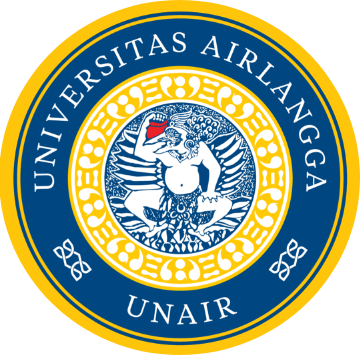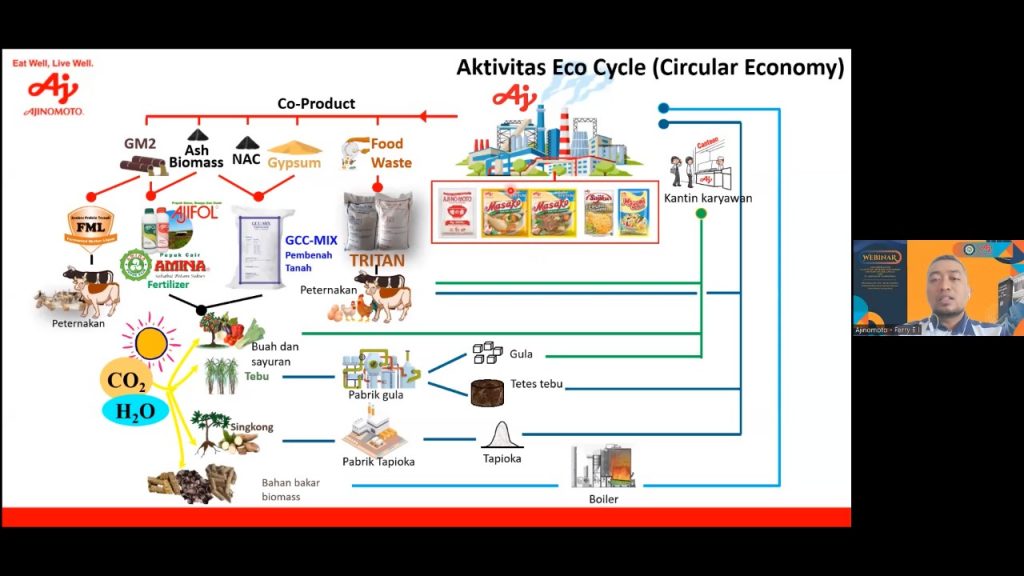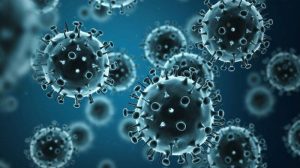UNAIR NEWS – PT Ajinomoto Indonesia has collaborated with Universitas Airlangga Faculty of Fisheries and Marine Sciences (FPK) in using Monosodium glutamate (MSG) production waste for several kinds of byproducts, including the Fermented Mother Liquor (FML).
“Our collaborative research with Ajinomoto upholds the eco-activity and biocycle. This innovation positively impacts the environment in supporting sustainable aquaculture in Indonesia,” said UNAIR FPK Dean, Prof Ir Mochammad Amin Alamsjah MSi Ph.D. in his opening speech on using FML as Fish Feed Additive on Monday, August 22, 2022.
FML role in fishery
The research team consisted of three lecturers of UNAIR FPK, they are Ir Agustono MKes, Dr Eng Sapto Andriyono SPi MT, and Muhammad Amin SPi MSc Ph.D. FML can be used as an alternative product for additional nutritional fish feed. Sapto stated that FML, a high-protein material with blackish brown color and distinctive aroma, can stimulate the digestive organs of cattle, poultry, and fish.
“Apart from the high protein, FML also contains 3-5 percent of high-quality amino acids and minerals,” he said.
FML increases the fish’s growth, improves feed efficiency, reduces feed FCR, increases nutrient content in fish, and reduces feed production costs. The maximum rearing was the addition of 4 percent FML.
Fish weight impact
The research was conducted on three fishes, comet, carp, and tilapia. The rearing of tilapia showed that the addition of 4 percent FML gave a better growth response with a weight growth of 3.1274 grams per week and a length growth of 0.9481 centimeters per week.
“For a waste, FML’s nutrition is pretty good. In terms of additives, it’s safe to say that it’s good,” said the Vice-Dean 3 of UNAIR FPK.
FCR and SR impacts
Apart from its weight and length, the Feed Conversion Ratio (FCR) of tilapia reached 1.4941, which is the lowest compared to other rearing. The lower the FCR value, the better the feed quality.
The survival rate of tilapia soared the highest compared to others by 83.33 percent. The Vice-Dean 3 of FPK emphasized that the Survival Rate of more than 70 percent is considered safe. The fish’s cause of death was due to water quality, instead of feed quality, as the tilapia is taken from a hatchery near the waters of the Pandaan Mountains, while it is grown using PDAM water at the FPK UNAIR campus.
Furthermore, in a couple of months, the four percent of additional FML in carp and comets had not shown any significant progress, despite showing a good response of culture. As it does not impact the plants, the comet is possible to change the color.
PT Ajinomoto shows its credentials in MSG production and increase in feed cultivation. “We are committed to processing byproducts from MSG production into nutritionally valuable products. It is a form of the company’s commitment to preserving biodiversity,” said Erlina Swardani drh, Associate Manager of Business Development at PT Ajinomoto.
Author: Viradyah Lulut Santosa
Editor : Khefti Al Mawalia









